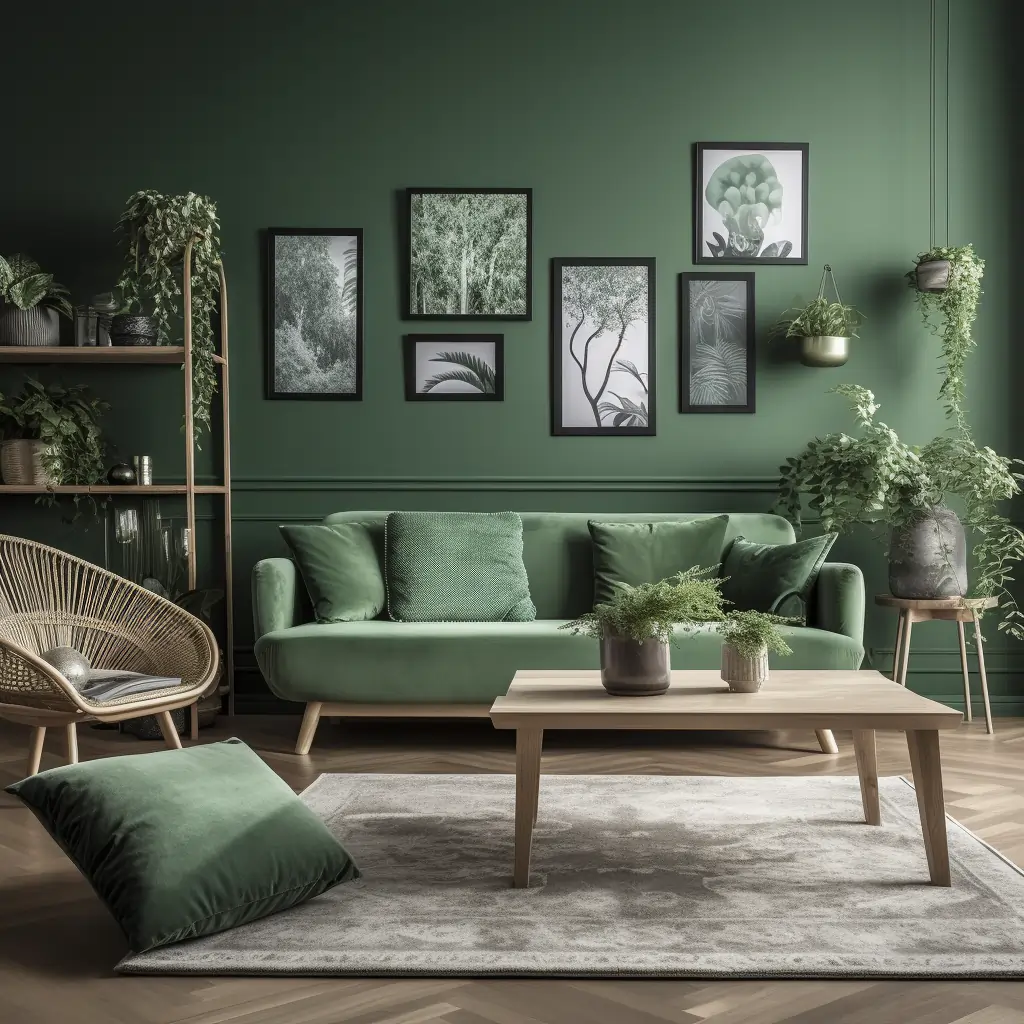Color has a powerful effect on our behavior and emotions. It can evoke feelings of joy, calmness, excitement, or even anxiety. When it comes to home design, choosing the right colors for your space is crucial to creating a comfortable and inviting environment. In this article, we’ll explore the psychology of colour in home design and provide tips on how to choose the perfect colors for your space.

Red: Passion and Energy
Red is a passionate and bold color that can stimulate the senses and increase energy levels. It’s a popular color for dining rooms and living rooms, as it can encourage conversation and create a lively atmosphere. However, too much red can also be overwhelming and cause anxiety, so it’s best to use it in moderation.

Yellow: Cheerfulness and Creativity
Yellow is a bright and cheerful color that can promote feelings of happiness and creativity. It’s a favored hue for kitchens and home offices, as it can promote mental alertness and enhance efficiency. However, too much yellow can also be overwhelming and cause feelings of agitation, so it’s best to use it in combination with other colors.

Green: Serenity and Balance
The color green has a soothing and harmonizing effect that can induce feelings of calmness and balance. It’s a popular color for bedrooms and bathrooms, as it can create a serene and tranquil environment. In addition, the color green is often linked to nature and the environment, which can create a feeling of being surrounded by nature even while indoors.

Blue: Peace and Tranquility
Blue is known to have a calming and soothing effect, which can bring about feelings of peace and tranquility. It’s a popular color for bedrooms and living rooms, as it can create a sense of calm and relaxation. Blue is also associated with trust and stability, making it a good color for home offices and workspaces.

Purple: Luxury and Creativity
Purple is a lavish and opulent hue that can encourage imaginative and inventive sentiments. It’s a commonly favored color for living spaces and bedrooms, as it can establish an atmosphere of refinement and grace. However, too much purple can also be overwhelming and cause feelings of isolation, so it’s best to use it in moderation.

Neutral Colors: Versatility and Balance
Neutral colors such as beige, gray, and white are versatile and can be used in any room of the house. They provide a sense of balance and neutrality, allowing other colors and elements to stand out. Neutral colors are also easy to decorate with and can create a sense of calm and tranquility in any space.
Tips for Choosing Colors in Home Design
- Consider the purpose of the room: Think about the function of the room and what emotions or feelings you want to evoke. For example, a home office may benefit from calming colors, while a playroom may benefit from more lively colors.
- Consider the natural light: Natural light can have a big impact on how colors appear in a room. Consider how much natural light the room gets and choose colors accordingly.
- Consider the color palette: Choose colors that complement each other and create a cohesive color palette. Use a color wheel to help you choose colors that work well together.
- Test the colors: To avoid any regrettable mistakes, it’s advisable to test the chosen color in the room under different lighting conditions before making a final decision. Paint a small section of the wall or use swatches to get a better idea of how the color will look.
In conclusion, choosing the right colors for your space is an important part of home design. By understanding the psychology of colour and using these tips, you can create a comfortable and inviting environment that promotes positive emotions and behaviors.

